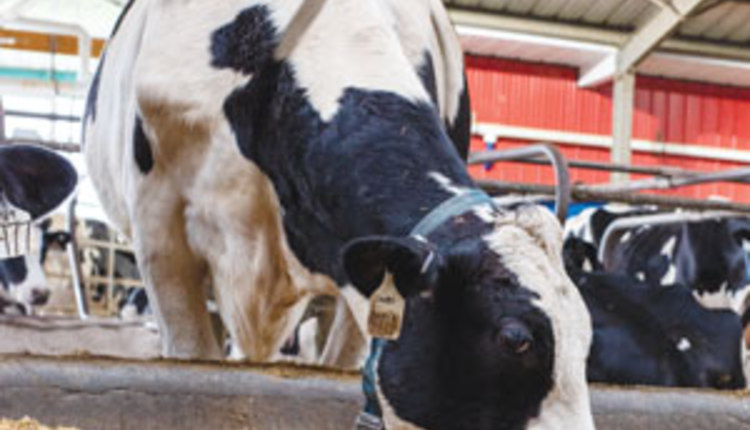Goeser is the director of nutritional research and innovation with Rock River Lab Inc., Watertown, Wis., and adjunct assistant professor, dairy science department, University of Wisconsin-Madison.

These advancements are all driven by competition, and the goalpost will continue to move due to competition.
I believe dairy farmers and forage harvesters are just like top-tier athletes. There is a strong competitive nature that contributes toward advancements in our industry.
Dairy’s scoreboard
While the overall dairy industry carries incredible family values and moral foundations, the strong competitive drive in producers has equated to numerous shifting “goalpost” areas such as animal genetics, herd performance, and silage quality. Competitions between farmers materialize on figurative playing fields such as cornfields, monthly test reports, or peer groups.
In this latter area, allied industry consultants, financial advisers, and our bankers have helped fuel the competitive drive by collecting data from numerous dairies or regions and then showing you how your dairy ranks relative to others. These peer group and benchmarking efforts have had a profound impact, and the conversations with dairy owners coming away from these have been striking.
The forage scoreboard
One annual competition where I have extensive experience is in forage management and quality. Corn silage kernel processing score (KPS) is a relatively easy measure and often included in forage benchmarking programs. Other industry professionals, along with yours truly, have written extensively about KPS over the past decade. Even so, this management factor continues to command interest for a couple reasons heading into 2023:
- There is a new realization of what’s possible
- Corn prices are near record highs
Delving into the latter matter first, decades of research have clearly documented that finer corn is more digestible and improves dairy performance. Whether the corn exists as dry ground corn, high-moisture corn, snaplage, or corn silage, particle size matters.
While moisture, fermentation, and particle size need to be balanced with high-moisture corn and snaplage, for dry ground corn and corn silage, the math is simple — the corn kernel needs to be obliterated. Corn in your ration is too valuable to accept anything less than top-notch processing, and the top-notch definition has changed in the past few years. This is just like how the goals have moved for today’s athletes.
This shift was evident in a recent database evaluation at Rock River Laboratory. My allied industry colleague Keith Bryan challenged me and my team to look into our commercial silage KPS database from the past 10 years. What we uncovered was that the old-school 50-60-70 benchmarks have become obsolete when measuring the amount of starch passing through the 4.75 millimeter (mm) screen. A decade ago, 50 was deemed inferior, 60 was the average, and 70 was the goal. Heading into 2023, the new benchmarks read as follows:
- Top 15% = 77% KPS
- Average = 67% KPS
- Bottom 15% = 53% KPS
This is a clear indication that the goalpost has moved. The new KPS goal should be what the top 15% are able to achieve, with 77% of starch processed so finely that it’s smaller than the width of a .22-caliber bullet.
The regional winner
In addition to uncovering how far the KPS goal has moved from the initial benchmarks, we’ve also recognized that Western forage harvesters have performed better than Midwestern or Eastern harvesters. Western silages and dairies appear to be roughly five units greater in KPS relative to their Eastern counterparts. There’s more to understand about these regional differences, yet I expect the competition to heat up between regions now that we’ve identified that the West leads the pack.
At some point, we may reach a KPS plateau. Moving KPS beyond 85 requires tighter roll gaps, increasing roll differential, alternative kernel processors, and slowing harvesters down while consuming more diesel. However, we’ve not reached the plateau at this point, and there are too many opportunities in silage grain to capitalize on. The goal for your silage should be 75% to 80% KPS with fermented silage. The KPS competition will continue well into the future, just like it will on the playing field.











